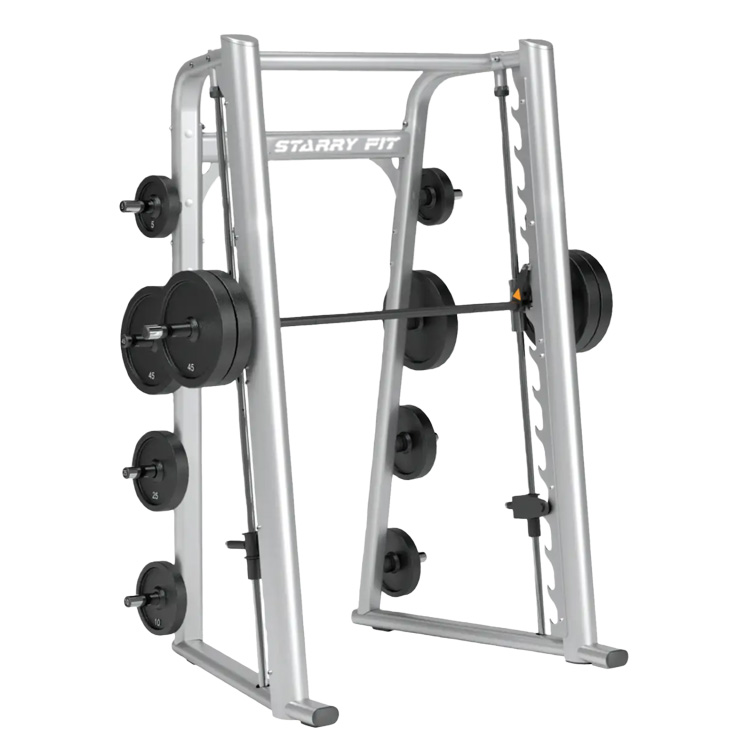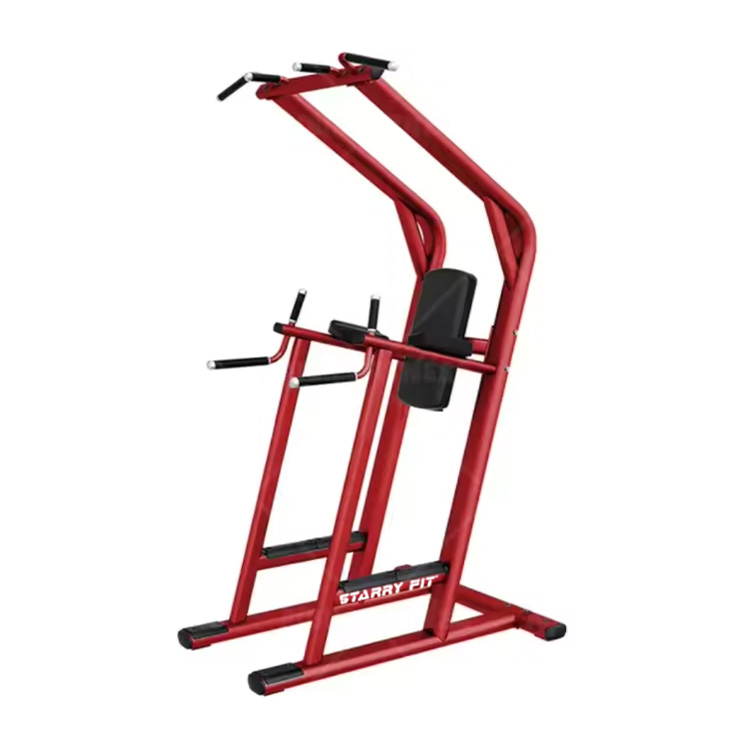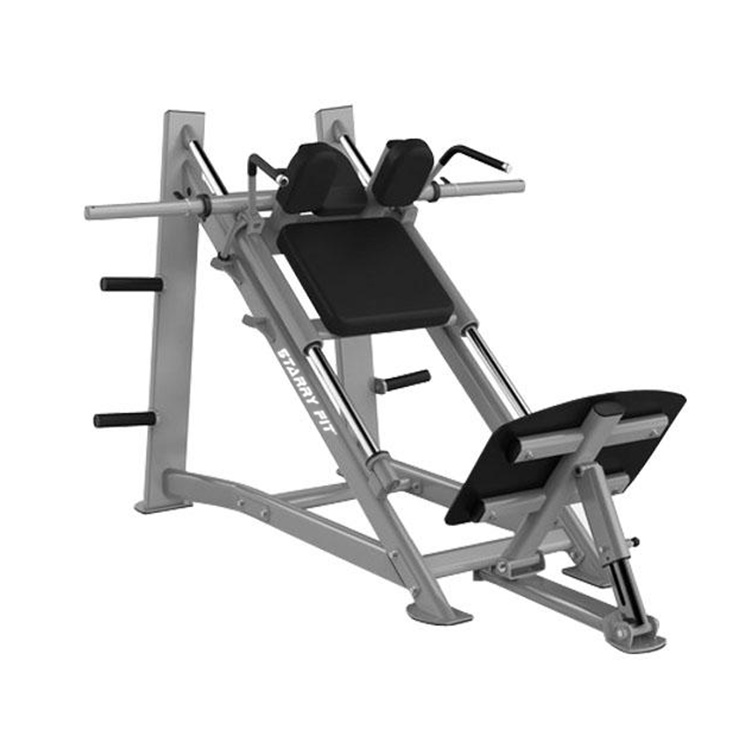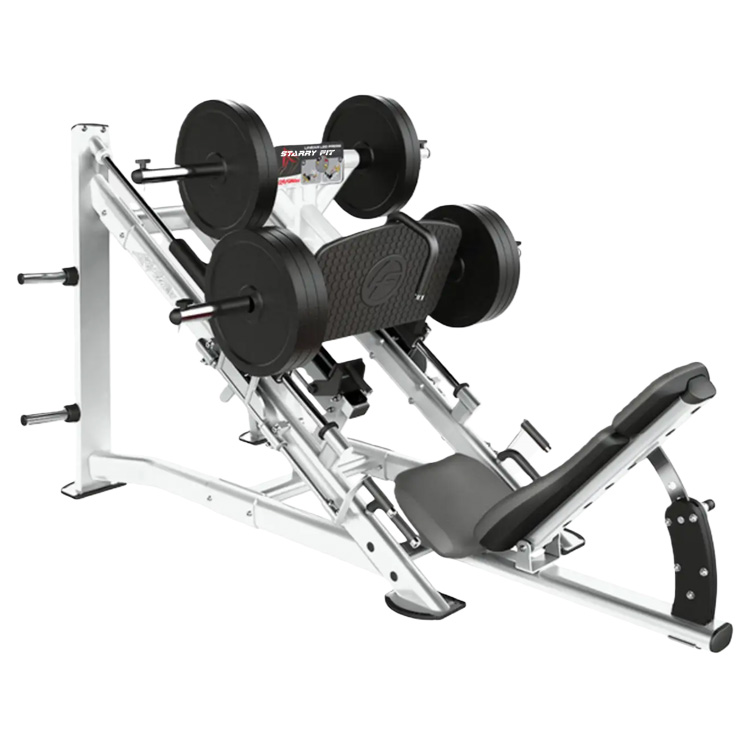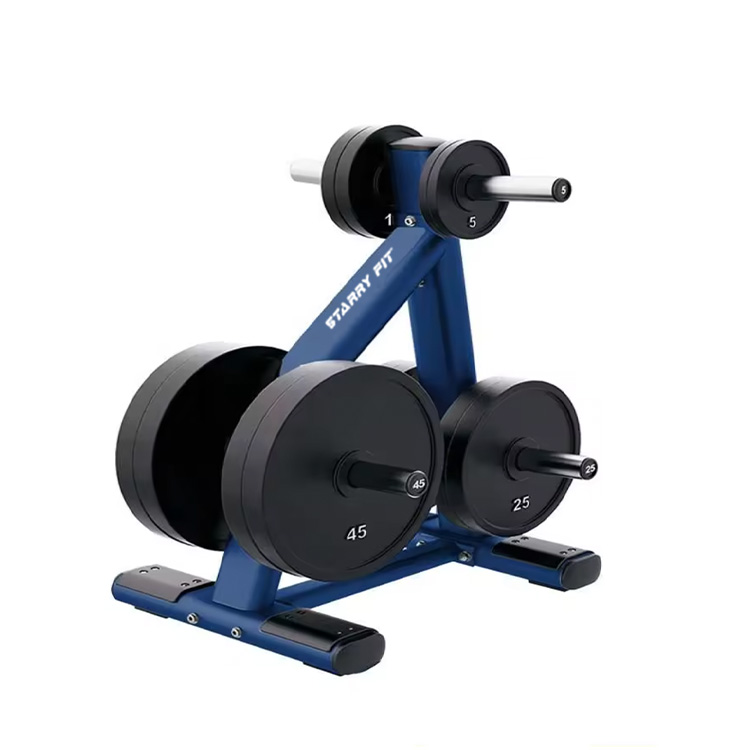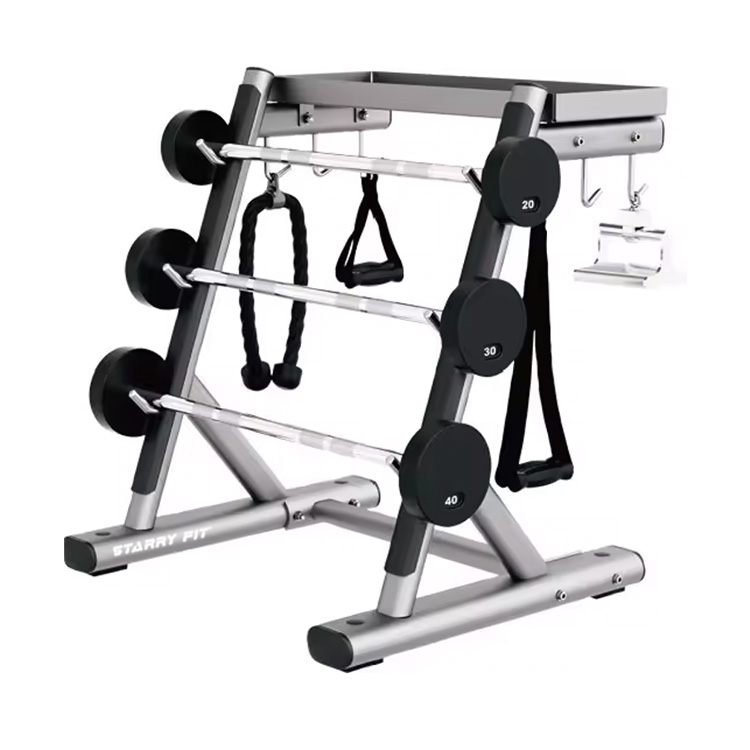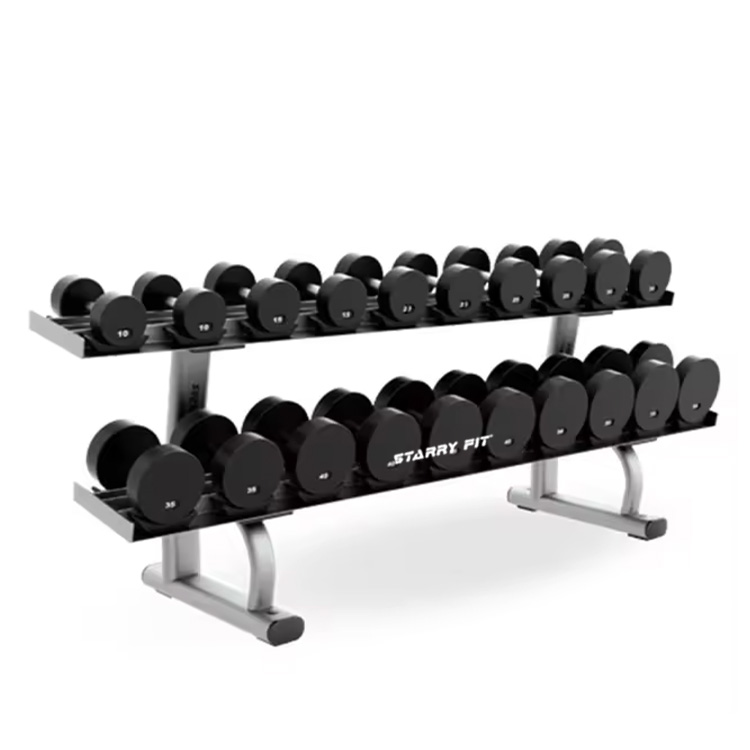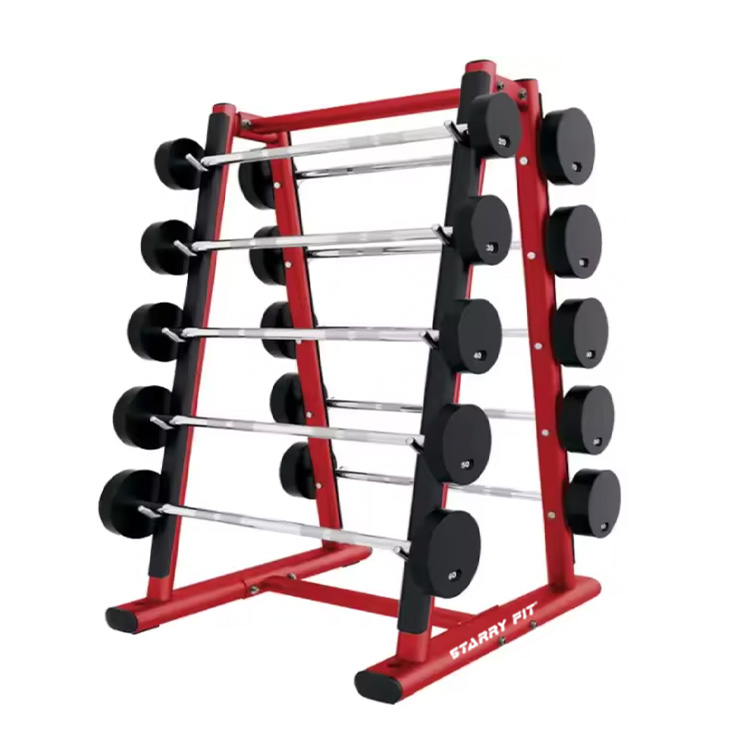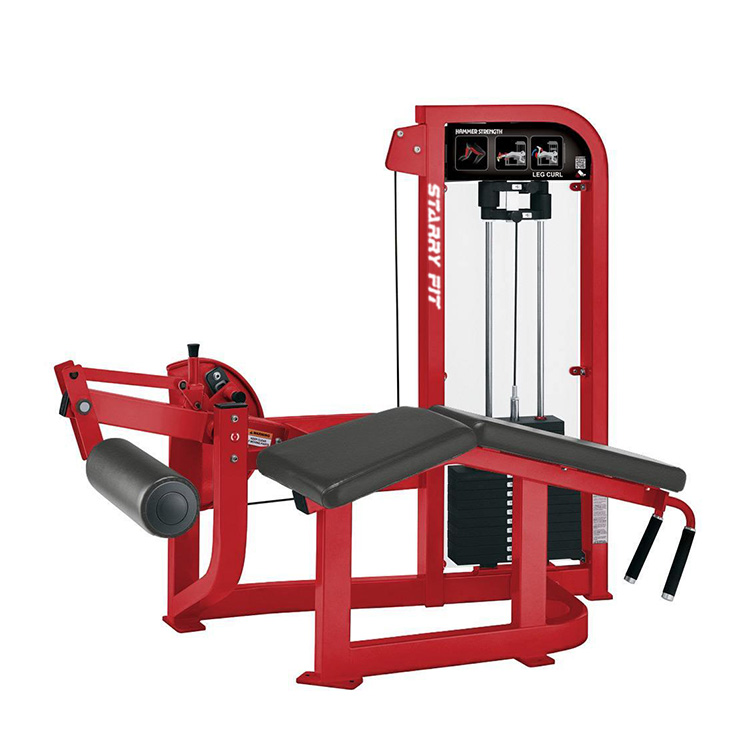1. Polyester VS Oxford cloth material comparison
|
Features |
Polyester (polyester fiber) |
Oxford cloth |
|
Ingredients |
Synthetic fiber (polyester) |
Usually woven polyester or nylon, coated |
|
Weight |
Light (suitable for hiking) |
Heavy (suitable for car camping) |
|
Waterproofness |
Depends on the coating (PU/PVC), the waterproof coefficient is usually 1500-3000mm |
The thicker the coating (such as PU3000mm or more), the stronger the waterproofness |
|
Abrasion resistance |
Good, but easy to pilling after long-term use |
Excellent, suitable for frequent friction scenes (such as sandy and gravel ground) |
2. Core performance comparison
Waterproofness
Polyester: It needs to rely on PU/PVC coating to achieve waterproofness. The waterproof coefficient of ordinary tents is about 1500-3000mm, which can prevent medium to heavy rain, but the coating is easy to hydrolyze and fall off after long-term use.
Oxford cloth: It usually adopts high-density weaving + thick coating (such as PU3000-5000mm), which is more durable and suitable for heavy rain or snowy environments.
Weight and portability
Polyester tent: Lightweight (such as 20D nylon blend is only 1-2kg), suitable for backpackers or hiking.
Oxford cloth tent: It is heavier (such as 420D Oxford cloth is about 3-5kg), more suitable for car camping or fixed camping.
Durability
Polyester: It is easy to be aged by ultraviolet rays, and it will become brittle after long-term exposure. It has average wear resistance.
Oxford cloth: High-density weaving + coating treatment, strong tear resistance, suitable for complex terrain with many stones and branches.
Applicable scenarios
Polyester tent:
Suitable for: short-distance hiking, park camping, and three-season use.
Oxford cloth tent:
Suitable for: self-driving camping, long-term stay, extreme weather (such as mountains, deserts).
3. Features and advantages of Oxford cloth camping tents
Excellent durability and tear resistance
High-density weaving: Oxford cloth uses coarse yarn (such as 600D, 900D) and special weaving (weft-weight plain or square-basket organization), which makes its wear resistance far superior to ordinary polyester or nylon fabrics, especially suitable for complex terrains such as sand, stone, and branches.
Anti-aging: Oxford cloth treated with UV coating can resist ultraviolet rays for a long time, delay material embrittlement, and extend service life.
Strong waterproof performance
Coating technology: PU or PVC coating can make the waterproof index reach 3000-5000mm water column, which can withstand heavy rain or even continuous bad weather. Some high-end models use the glue laminating process to further prevent water seepage from seams.
Mold and moisture-proof: Compared with cotton tents, Oxford cloth is not easy to absorb moisture and mold, and is suitable for humid environments.
Multi-functional adaptability
Applicable to multiple scenarios: It can be used from family camping to alpine exploration. High-weight Oxford cloth (such as 1680D) is even used for professional alpine tents.
Flame retardant upgrade: Some Oxford fabrics have been treated with flame retardant to reduce the risk of fire caused by campfires or accidental sparks and improve safety.
Structural stability and wind resistance
Stift material: Oxford fabric has a high hardness and can keep the shape of the tent stable. When combined with an aluminum alloy frame, its wind resistance is significantly better than that of thin fabrics.
Bottom reinforcement: Oxford ground fabric is wear-resistant and puncture-resistant, protecting the bottom of the tent from damage by sharp objects on the ground.
Convenient maintenance and cost-effectiveness
Easy to clean: Surface stains can be wiped or washed, and the coating is not easy to fall off.
Long-term economic efficiency: Although the initial cost is high (such as PU-coated Oxford fabric), the frequency of replacement is reduced, and the overall cost is lower than that of cheap tents that are frequently replaced.
4. Precautions for using Oxford cloth camping tents
Preparation before construction
Select a flat site: avoid sharp stones, branches and other hard objects to prevent scratching the bottom of the tent.
It is recommended to lay a layer of ground cloth first (420D Oxford cloth is best) to reduce wear.
Check accessories: confirm that the ground nails and camp poles are not deformed or cracked to avoid forced construction and breakage.
Precautions during use
Waterproof coating protection:
Avoid frequent friction with the outer tent to prevent the PU/PVC coating from falling off (waterproofness depends on the integrity of the coating).
After using it on rainy days, dry it in time to prevent the coating from hydrolyzing and failing.
Fire safety:
Keep away from fire sources (such as gas stoves and campfires). Although Oxford cloth is wear-resistant, it is not fireproof, and high temperature may melt the coating.
Ventilation and moisture-proof:
Double-layer tents need to open the inner tent breathable net to reduce the accumulation of condensation water.
Storing in a humid environment is prone to mold growth, affecting the strength and waterproofness of the fabric.
Cleaning and maintenance
Cleaning method:
Wipe stains with a damp cloth. Stubborn stains can be lightly brushed with a diluted neutral detergent. Strong acid and alkali detergents (such as 84 disinfectant) are prohibited.
Machine washing is strictly prohibited: the rotation of the washing machine will damage the coating and glue.
Drying tips:
After cleaning, dry in a cool and ventilated place to avoid exposure to the sun, which may cause the Oxford cloth to age and become brittle.
Storage and storage
Complete drying: Make sure there is no moisture residue in the tent before storage to prevent mildew.
Loose folding: Avoid repeated folding at fixed creases to prevent cracking of the coating.
Storage environment: Place in a dry and ventilated place, and place moisture-proof agents or mothballs to prevent insects.
Regular inspection and maintenance
Coating status: If local waterproof failure is found, special tent waterproof spray (such as PU repair agent) can be used for re-coating.
Seam reinforcement: Focus on checking the stress-bearing parts (such as the four corners and zippers), and sew them in time if open lines are found.
5. FAQs about Oxford cloth camping tents
FAQ about Oxford cloth camping tent
How to clean and maintain Oxford cloth tent?
Cleaning method:
Wipe with a damp cloth or soft brush dipped in neutral detergent. Do not use strong acid and alkali cleaners (such as 84 disinfectant).
Do not machine wash: avoid damaging the coating and glue.
Drying and storage:
Dry in a cool and ventilated place to avoid aging caused by exposure to the sun.
Make sure it is completely dry before storage to prevent mildew.
What scenarios are Oxford cloth tents suitable for?
Recommended scenarios:
Rainy/windy environment (such as mountains and seaside).
Long-term stationing or family camping (due to large space and durability).
Not recommended scenarios:
Extreme lightweight hiking (optional 210D and other thin models).
How to extend the service life of Oxford cloth tents?
Regular maintenance:
Check the integrity of the coating every quarter and apply waterproof spray (such as PU repair agent).
Avoid sharp objects from scratching the base fabric. It is recommended to lay a ground fabric.
Usage habits:
Avoid hard objects when building, and fold loosely to prevent creases when storing.


 ENG
ENG
 English
English Français
Français Español
Español عربى
عربى